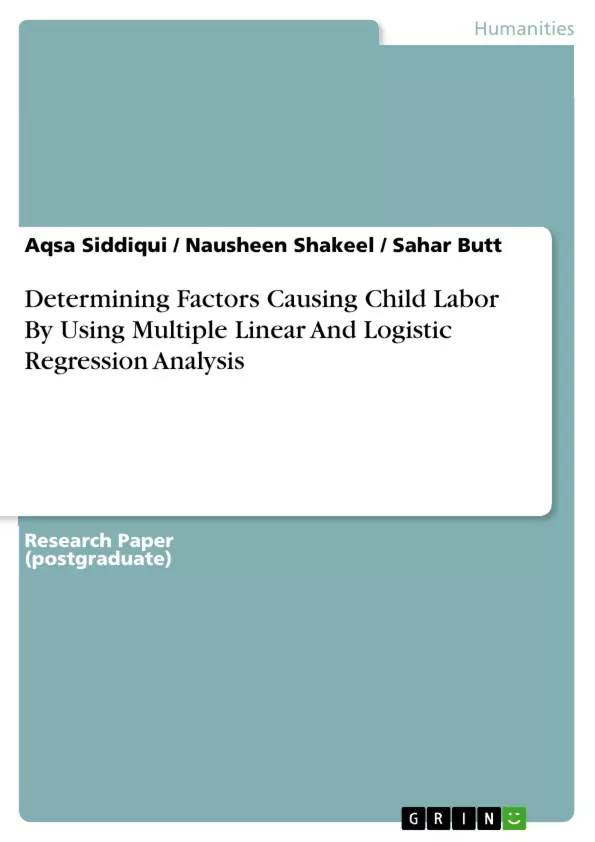Child labor is defined as the work that deprives children of their childhood, their dignity and potential, and that is harmful to physical and mental development.
An activity is called as child labor when it involves one of these characteristics in their work’s nature. These includes violation of a country’s minimum age laws, threatening children physically, mentally, or emotionally, involves intolerable abuse, such as child slavery, child trafficking, debt bondage, forced labor, or illicit activities, prevents children from going to school, uses children to undermine labor standards.
Child labor is a term which defines work that is mentally, physically, socially or morally dangerous and harmful to children and interferes with their schooling by: depriving them of the opportunity to attend school; obliging them to leave school prematurely; or requiring them to attempt to combine school attendance with excessively long and heavy work.
Children do many activities. Normal activities associated with them are schooling, playing, studying etc. All activities are not child labor like if children help their parent in home chores it’s not child labor, but child labor should be referred to those work and activities which are dangerous and hazardous to children’s health and development.
But when children involve in working activities to earn money by force this is something which is not regarded as justice to the children. As it’s something which makes them act as an adult and their childhood and innocence gets lost, and their right to educate themselves also get violated which in the long run affects their lives to remain in poverty forever. So this child labor is considered as violence against children and not appreciated all over the world and meant to be elimination. But still it exists in huge numbers specifically in the least developed countries.
Inhaltsverzeichnis (Table of Contents)
- INTRODUCTION
- FACTORS CAUSING CHILD LABOR
- GDP
- FOREIGN DIRECT INVESTMENT (FDI)
- LITERACY RATE
- LABOR FORCE PARTICIPATION
- SOCIAL GLOBALIZATION
- EASE OF DOING BUSINESS
- SLAVERY
- RESEARCH QUESTION
- RESEARCH OBJECTIVES
- HYPOTHESIS
- THEORATICAL FRAMEWORK
- RESEARCH METHODOLOGY
- SPSS Tables & statistical interpretation.....
- Model 1 (linear regression)...
- Model 2 (Binary logistic Model)...
- Final model........
- DISCUSSION
- LIMITATIONS
- RECOMMENDATIONS
Zielsetzung und Themenschwerpunkte (Objectives and Key Themes)
This research paper aims to investigate the factors that contribute to child labor, utilizing multiple linear and logistic regression analysis. The study examines the relationship between child labor and a set of pre-selected variables, including GDP, foreign direct investment (FDI), literacy rate, labor force participation, social globalization, ease of doing business, and slavery.
- Examining the relationship between child labor and various socioeconomic indicators.
- Analyzing the impact of economic factors, such as GDP and FDI, on child labor prevalence.
- Exploring the role of social and educational factors, including literacy rates and labor force participation, in influencing child labor.
- Investigating the potential influence of globalization and ease of doing business on child labor patterns.
- Assessing the relationship between slavery and child labor.
Zusammenfassung der Kapitel (Chapter Summaries)
- INTRODUCTION: This chapter provides a definition of child labor, highlighting its harmful effects on children's development and well-being. It emphasizes the prevalence of child labor, particularly in less developed countries, and explores the factors that contribute to its persistence.
- FACTORS CAUSING CHILD LABOR: This section introduces the seven key variables examined in the study: GDP, FDI, literacy rate, labor force participation, social globalization, ease of doing business, and slavery. Each variable is defined and its potential influence on child labor is discussed.
- GDP: This section delves into the concept of GDP as a key indicator of a country's economic health and development. It explains how GDP can be used to measure a country's economic performance and how it relates to child labor.
- FOREIGN DIRECT INVESTMENT (FDI): This chapter discusses the role of FDI in economic development and how it can be a significant source of financing for countries with limited resources. It highlights the importance of inward FDI in promoting economic growth and its potential implications for child labor.
- LITERACY RATE: This section emphasizes the importance of education in economic development and social progress. It highlights the correlation between literacy rates and child labor, suggesting that higher literacy rates can lead to a reduction in child labor.
Schlüsselwörter (Keywords)
The research focuses on understanding the factors that influence child labor. Key terms and concepts explored in the study include child labor, multiple linear regression, logistic regression analysis, GDP, FDI, literacy rate, labor force participation, social globalization, ease of doing business, and slavery. The study aims to provide insights into the relationship between these factors and child labor prevalence, contributing to a better understanding of the complex dynamics surrounding this issue.
- Quote paper
- Aqsa Siddiqui (Author), Nausheen Shakeel (Author), Sahar Butt (Author), 2016, Determining Factors Causing Child Labor By Using Multiple Linear And Logistic Regression Analysis, Munich, GRIN Verlag, https://www.grin.com/document/315816



